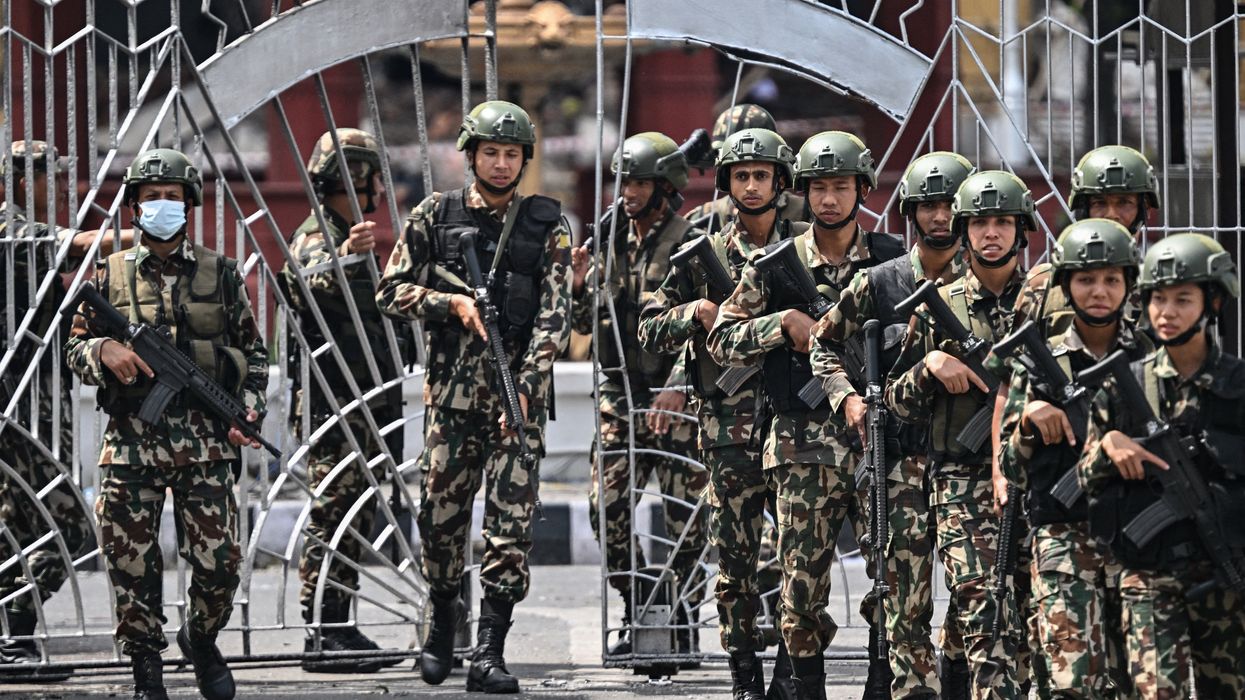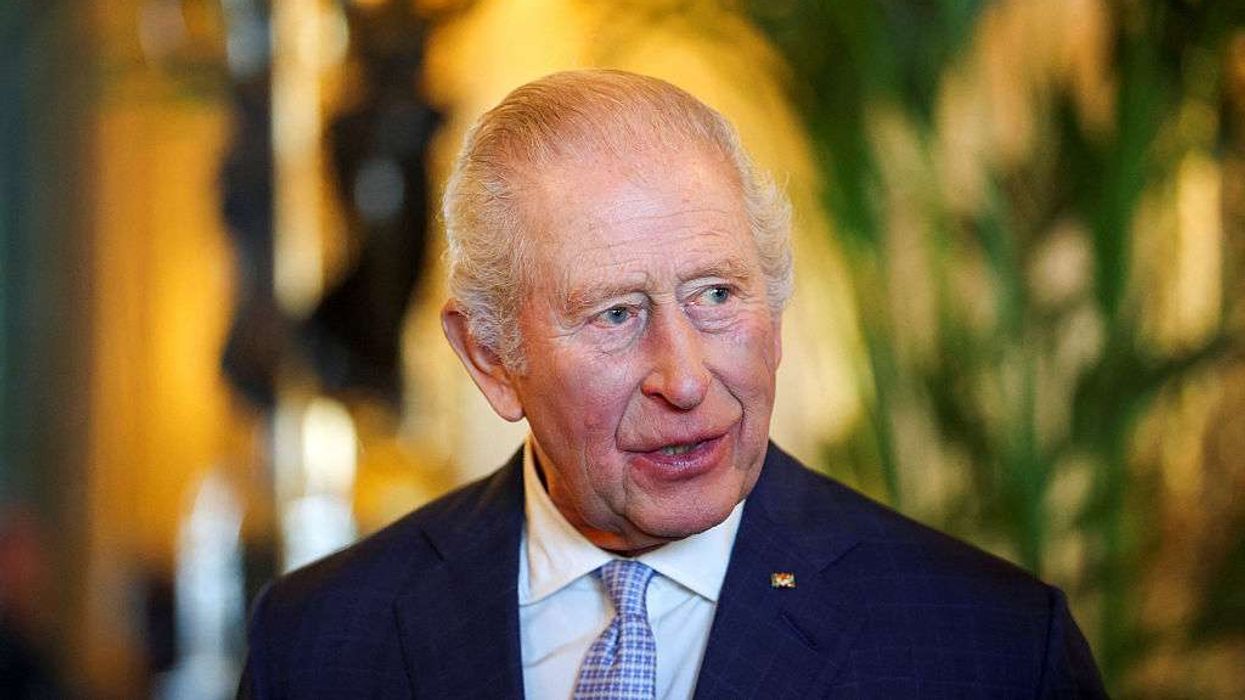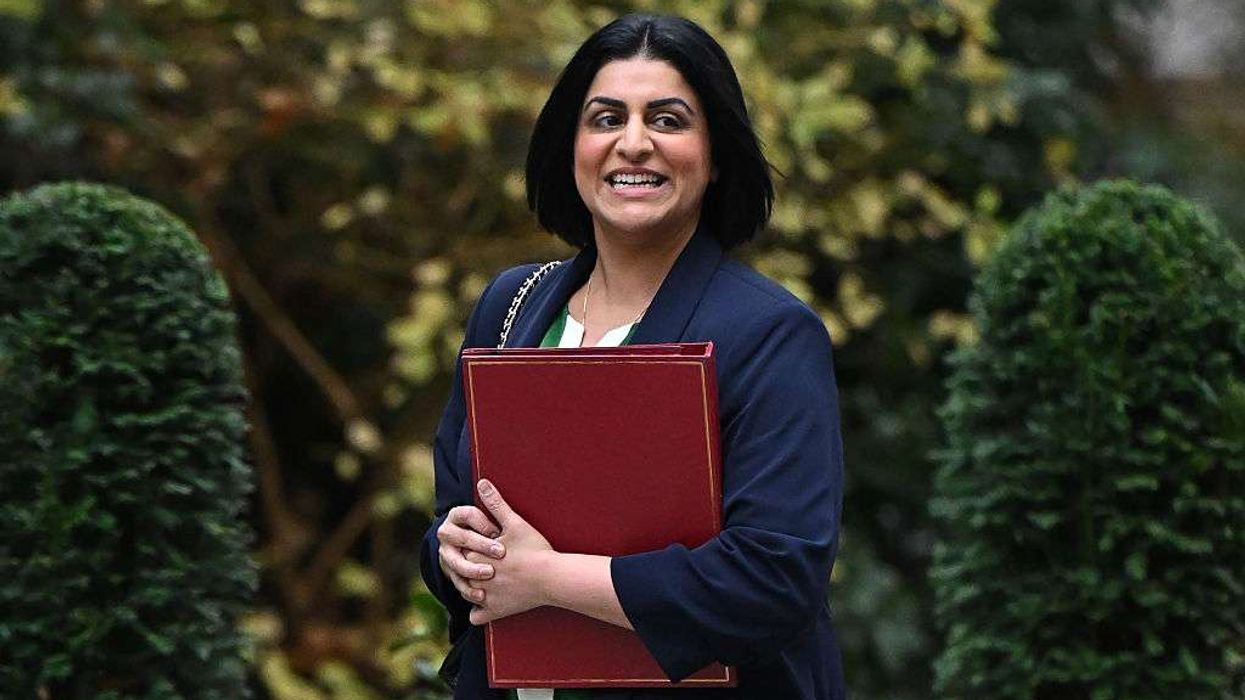Highlights:
- Nepal’s president and army in talks to find an interim leader after deadly protests
- At least 51 killed, the deadliest unrest since the end of the Maoist civil war
- Curfew imposed in Kathmandu, army patrols continue
- Gen Z protest leaders demand parliament’s dissolution
NEPAL’s president and army moved on Friday to find a consensus interim leader after anti-corruption protests forced the government out and parliament was set on fire.
The country of 30 million faced unrest this week after security forces clamped down on rallies by young anti-corruption protesters, leading to widespread violence on Tuesday.
At least 51 people were killed in the violence, the deadliest since the end of the Maoist civil war and the abolition of the monarchy in 2008.
ALSO READ: Nepal army hunts prisoners after mass jailbreaks in violent protests
The military took control of the streets on Wednesday, enforcing a curfew, as army chief General Ashok Raj Sigdel and president Ramchandra Paudel held talks with political leaders and representatives from the youth protest movement known as “Gen Z.”
Search for interim leader
Disagreements between factions remain, but 73-year-old Sushila Karki, Nepal’s first woman chief justice, has emerged as a key candidate.
"A meeting has been scheduled for this afternoon with the president, the army chief, former chief justice Sushila Karki, our representative Sudan Gurung and one legal expert," Nimesh Shrestha, who was part of the Gen Z protest, told AFP.
Karki told AFP that "experts need to come together to figure out the way forward", adding that "the parliament still stands."
However, Gurung, a youth activist, said on Thursday that their "first demand is the dissolution of parliament."
In an address to the nation, President Paudel said that "a solution to the problem is being sought, as soon as possible."
Curfew in Kathmandu
Army patrols continued for a third day in Kathmandu on Friday. The protests and unrest also triggered a mass jailbreak earlier in the week.
"I was very afraid and stayed locked inside my home with family and didn't leave," said Naveen Kumar Das, a painter-decorator in his mid-40s.
With a brief lifting of the curfew on Friday morning, residents went out to buy food and essentials.
"It was a really tense time and we just stayed indoors," said Laxmi Thapa, 32, who came out with her husband to refuel their motorbike. "We came out as things have improved."
Deadly crackdown
At least 21 protesters were among those killed, many during Monday’s police crackdown on demonstrations against corruption and governance problems, which began after a ban on social media.
On Tuesday, protesters set fire to parliament, government buildings and a Hilton Hotel. Prime Minister KP Sharma Oli, 73, resigned, and the army took over security in the streets.
The army said on Friday that more than 100 guns looted during the protests had been recovered.
Police spokesman Binod Ghimire told AFP that over 12,500 prisoners who escaped from jails across the country during the unrest "are still at large."
Call for change
Nepal’s economic challenges have fuelled discontent. More than 40 per cent of the population is aged between 16 and 40. A fifth of people aged 15-24 are unemployed, according to the World Bank, and GDP per capita is $1,447.
Gen Z protesters continue to debate the country’s political future.
"We started this movement so we could make a better Nepal," said James Karki, 24. "And I am positive that the army will listen."
(With inputs from agencies)













